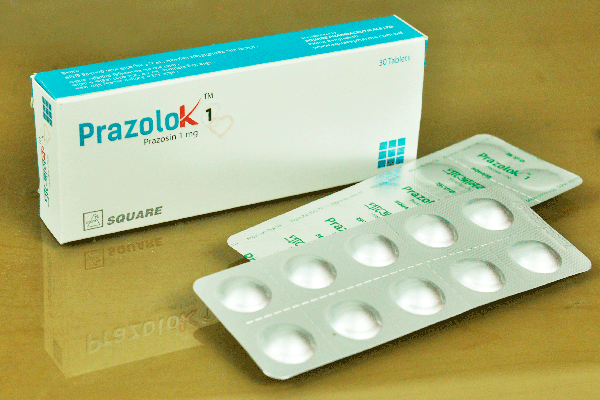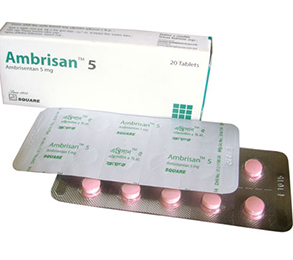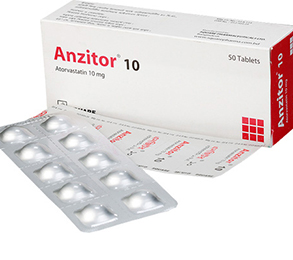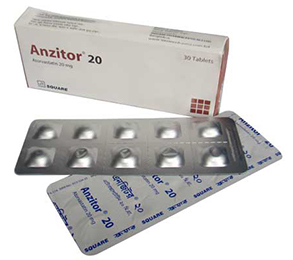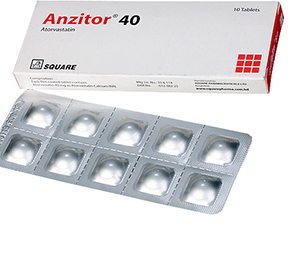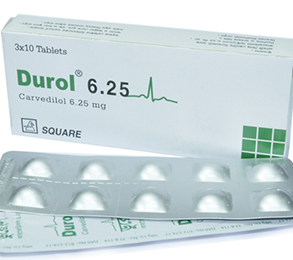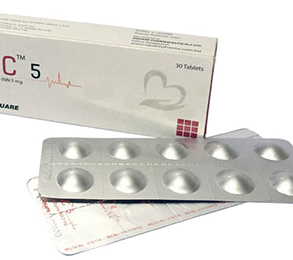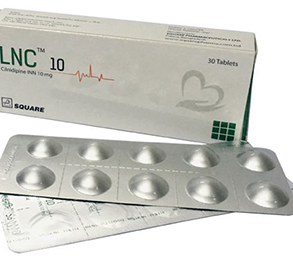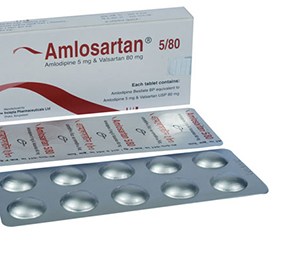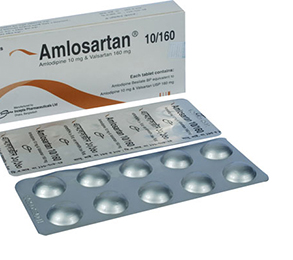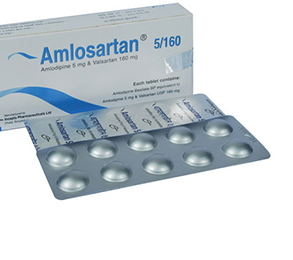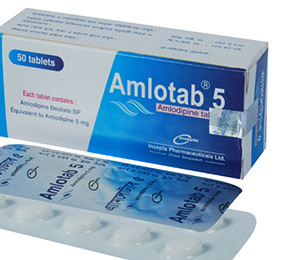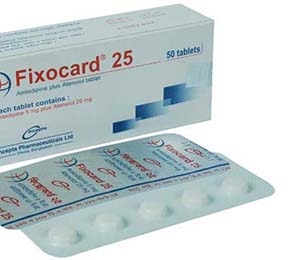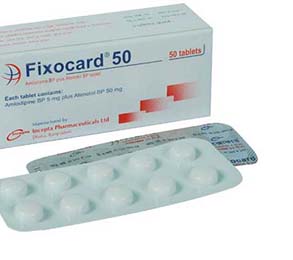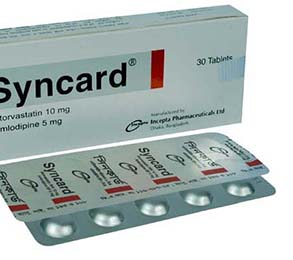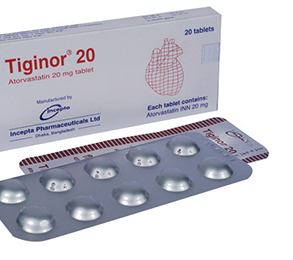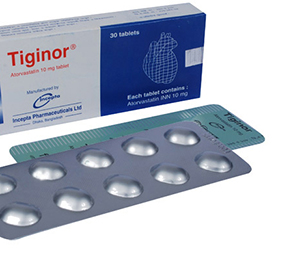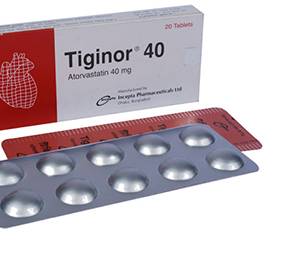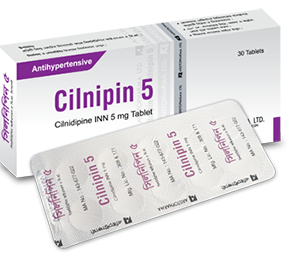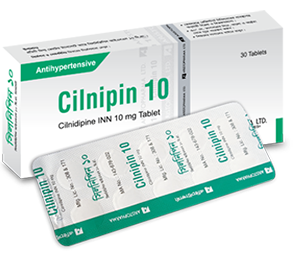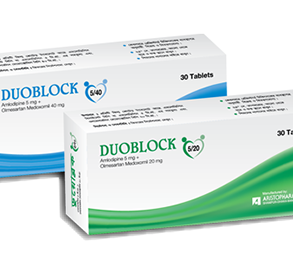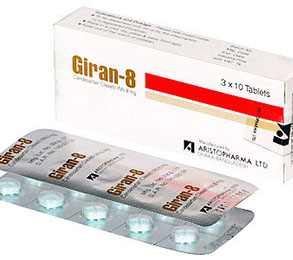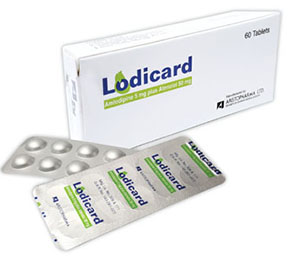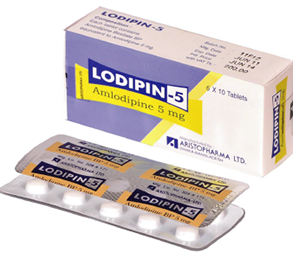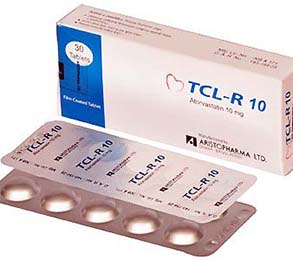Prazolok 1 10 Pcs
Alternative products
Prazosin
Indications
Hypertension (Primary and Secondary Hypertension). Raynaud's phenomenon and Raynaud's disease, Congestive heart failure (Prazosin may be used alone or added to the therapeutic regimen in those patients with congestive heart failure who are resistant or refractory to conventional therapy with diuretics and/or cardiac glycosides) & Benign prostatic hyperplasia (For the symptomatic treatment of urinary obstruction due to BPH and in patients awaiting prostatic surgery).
Pharmacology
Prazosin causes a decrease in total peripheral vascular resistance through selective inhibition of postsynaptic alpha-1-adrenoreceptors in vascular smooth muscle. In hypertensive patients, blood pressure is lowered in both the supine and standing positions; this effect is more pronounced on the diastolic blood pressure. Rebound elevation of blood pressure does not occur following abrupt cessation of Prazosin therapy.
The therapeutic efficacy of Prazosin in patients with congestive heart failure is ascribed to a reduction in left ventricular filling pressure, reduction in cardiac impedance and an augmentation of cardiac output. The use of Prazosin in congestive heart failure does not provoke a reflex tachycardia and blood pressure reduction is minimal in normotensive patients. Prazosin reduce the severity of the signs, symptoms, frequency and duration of attacks, in patients with Raynaud's disease. In low dosage, antagonism of alpha-1-receptors on prostatic and urethral smooth muscle has been shown to improve the urinary pressure profile in men and to improve symptoms of benign prostatic hyperplasia. Clinical studies have shown that Prazosin therapy is not associated with adverse changes in the serum lipid profile.
Dosage
Hypertension:
- Recommended starting dose: 0.5 mg (in the evening), twice or thrice daily for 3 to 7 days. This dose should be increased to 1 mg twice or three times daily for a further 3 to 7 days. Thereafter, the daily dose should be increased gradually as determined by the patient's response to the blood pressure lowering effect. Most patients are likely to be maintained on a dosage regimen of Prazosin alone of up to 15 mg daily in divided doses.
- Maximum dose: 20 mg in divided doses.
Patients receiving other antihypertensive therapy but with inadequate control:
- The dosage of the other drug should be reduced to a maintenance level and Prazosin initiated at 0.5 mg in the evening, then continuing with 0.5 mg twice or three times daily.
- Subsequent dosage increases should be made gradually depending upon the patient's response.
Congestive heart failure:
- The recommended starting dose: 0.5 mg two, three or four times daily, increasing to 4 mg in divided doses. Dosage should be adjusted according to the patient's response, based on careful monitoring of cardiopulmonary signs and symptoms.
- Usual daily maintenance dosage: 4 mg to 20 mg in divided doses.
Raynaud's disease:
- The recommended starting dosage: 0.5 mg twice daily given for a period of 3 to 7 days and should be adjusted according to the patient's clinical response.
- Usual maintenance dosage: 1 mg or 2 mg twice daily.
Benign prostatic hyperplasia:
- The recommended dosage: 0.5 mg twice daily for a period of 3 to 7 days, with the initial dose administered in the evening. The dosage should then be adjusted according to clinical response.
- The usual maintenance dosage: 2 mg twice daily.
* চিকিৎসকের পরামর্শ মোতাবেক ঔষধ সেবন করুন'
Administration
May be taken with or without food. Starting dose is best taken within dinner, at least 2-3 hr before retiring. Maintenance doses may be taken with or without meals.
* চিকিৎসকের পরামর্শ মোতাবেক ঔষধ সেবন করুন'
Interaction
Use with phosphodiesterase-5 inhibitors (PDE-5 Inhibitors): Concomitant useo f PDE-5 inhibitors (e.g. Sildenafil, Tadalafil, Vardenafil) and Prazosin may lead to symptomatic hypotension in some patients. Adding Prazosin to beta-adrenergic antagonist or calcium antagonist therapy may produce a substantial reduction in blood pressure.
Contraindications
Prazosin is contraindicated in patients with known sensitivity to Prazosin & other quinazolines or any of the excipients.
Side Effects
The most common side effects of Prazosin are allergic reaction, depression, nervousness, insomnia, Hallucinations, dizziness, drowsiness, headache, faintness, syncope, paraesthesia, worsening of pre-existing narcolepsy, blurred vision, eye pain, reddened sclera, vertigo, tinnitus, palpitations etc.
Pregnancy & Lactation
Pregnancy category C. It should be used only when, in the opinion of the physician, potential benefit outweighs potential risk. Prazosin has been shown to be excreted in small amounts in human milk. Caution should be exercised when Prazosin is administered to nursing mothers.
Precautions & Warnings
In patients with benign prostatic hyperplasia: Prazosin is not recommended for patients with a history of micturition syncope. It should not normally be administered to patients already receiving another alpha-1-antagonist.
In patients with congestive heart failure: Prazosin is not recommended in the treatment of congestive cardiac failure due to mechanical obstruction such as aortic valve stenosis, mitral valve stenosis, pulmonary embolism and restrictive pericardial disease.
In patients with hypertension: Postural hypotension evidenced by dizziness and weakness, or rarely loss of consciousness, has been reported, particularly with the commencement of therapy
Use in Special Populations
Patients with moderate to severe grades of renal impairment: Evidence to date shows that Prazosin does not further compromise renal function when used in patients with renal impairment. As some patients in this category have responded to small doses of Prazosin, it is recommended that therapy be initiated at 0.5 mg daily and that dosage increases be instituted cautiously.
Patients with hepatic dysfunction: it is recommended that therapy should be initiated at 0.5 mg daily and that dosage should be increased cautiously.
Use in the elderly: Since the elderly may be more susceptible to hypotension, therapy should be initiated with the lowest possible dose.
Overdose Effects
Symptoms: Hypotension, profound drowsiness, depressed reflexes.
Management: Symptomatic and supportive treatment. May be treated with activated charcoal if patient presents within 1 hr of ingestion. Postural measures and parenteral fluid volume replacement for severe hypotension and if necessary, cautious IV infusion of a vasopressor.
Therapeutic Class
Alpha adrenoceptor blocking drugs
Storage Conditions
Keep away from light and moisture, store below 30° C. Keep away from reach out of the children.
- Type Tablet
- Tag
- Morbi leo risus
- Porta ac consectetur ac
- Vestibulum at eros
